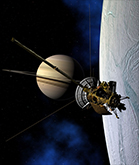Page Not Found...
We're sorry, the page you requested could not be found. If you think this page should exist please contact the site administrator.
We're sorry, the page you requested could not be found. If you think this page should exist please contact the site administrator.

